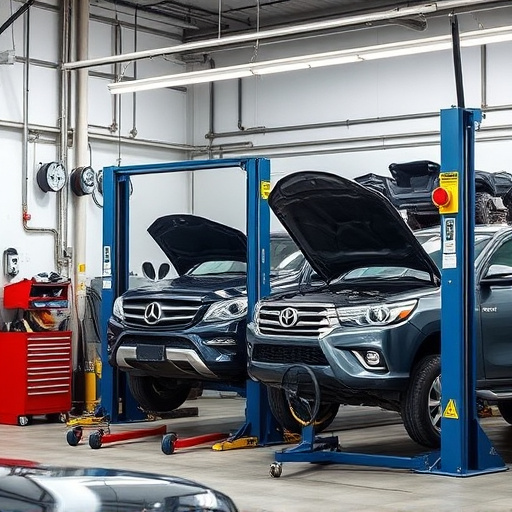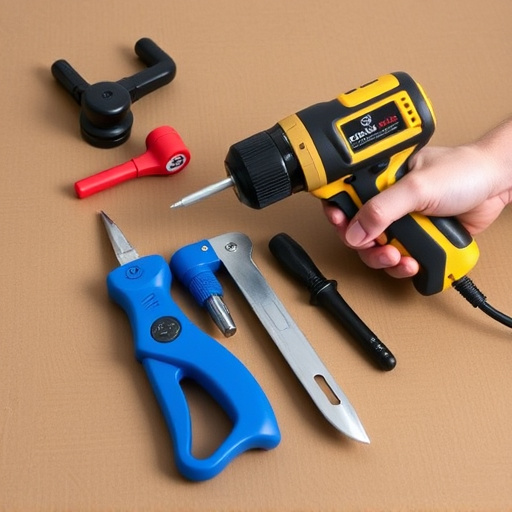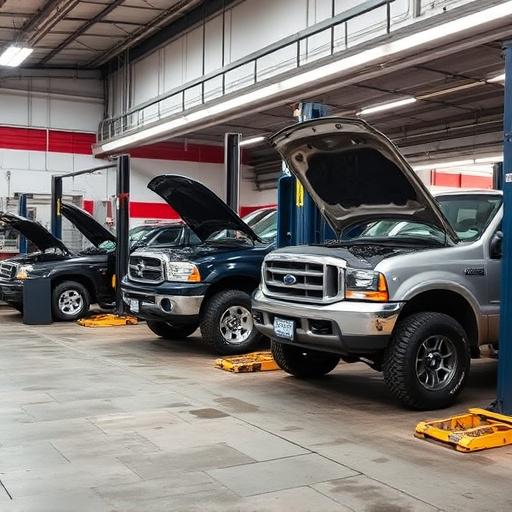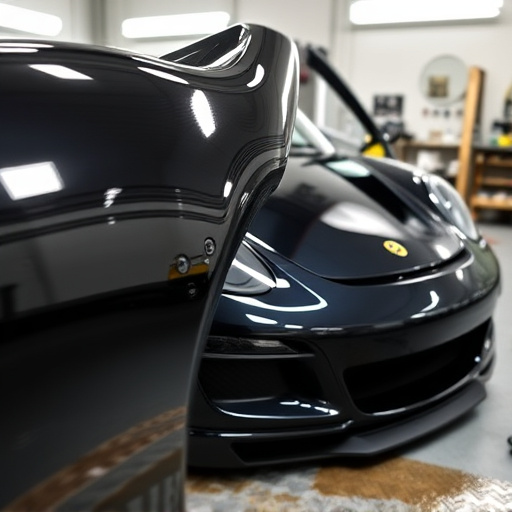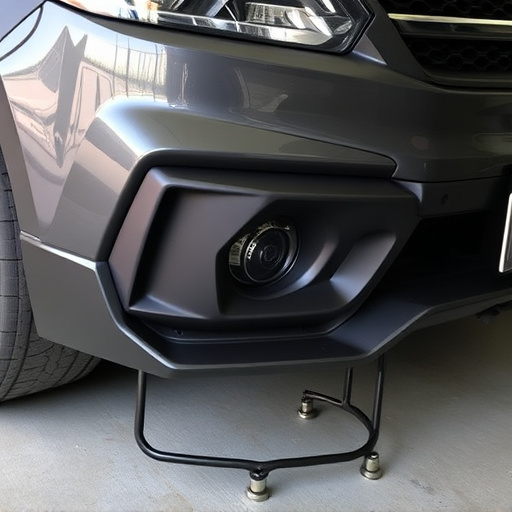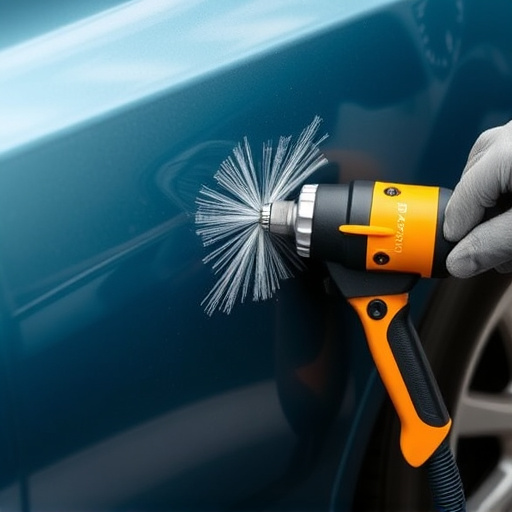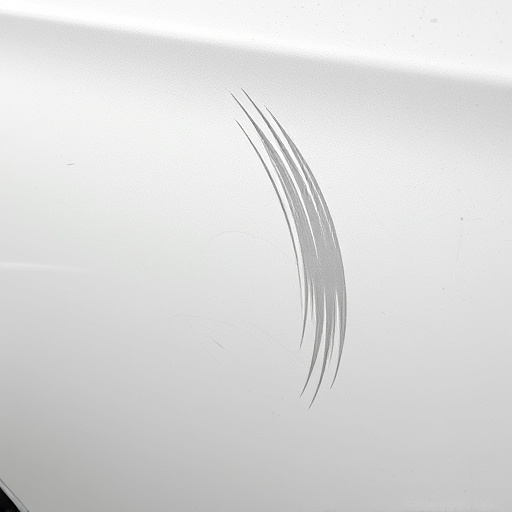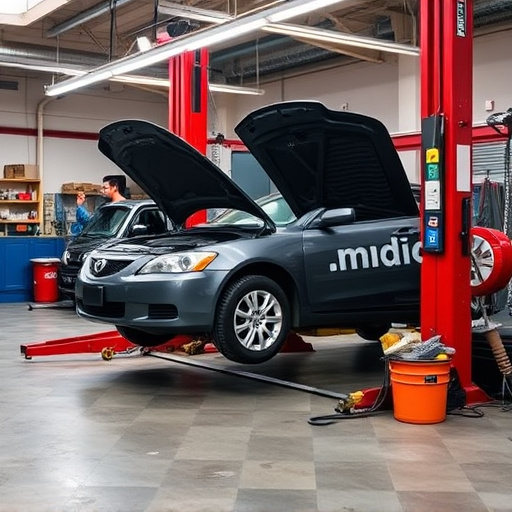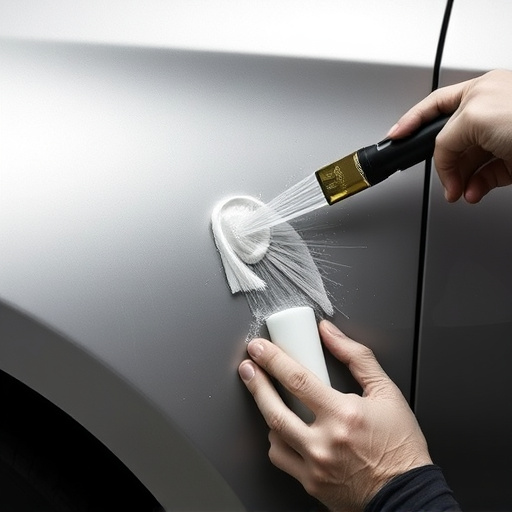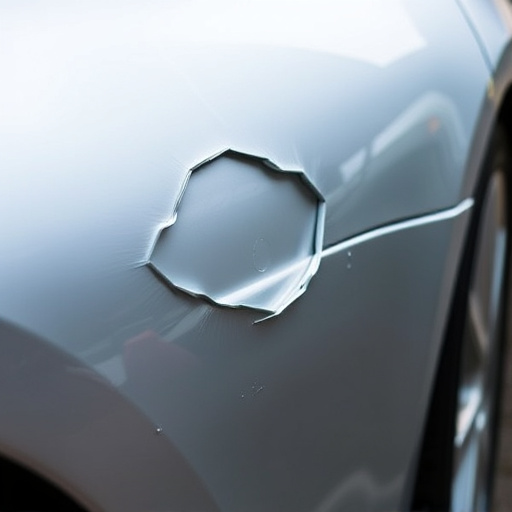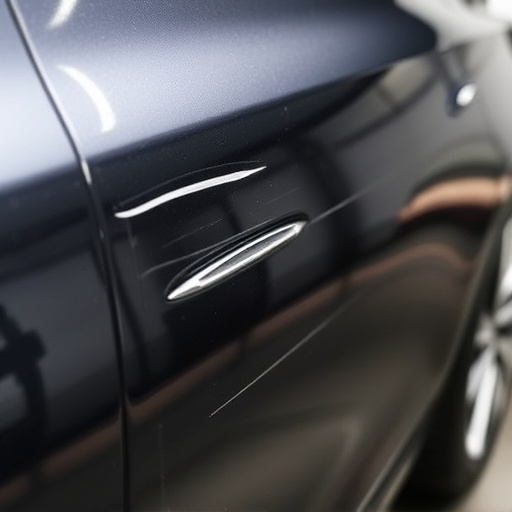Mercedes structural adhesive is a powerful tool for auto repair, requiring precise curing conditions (20-25°C temp, 40-70% humidity) to ensure superior bonding and long-lasting results. Proper ventilation systems are vital to maintain air quality and safety during use.
Mercedes structural adhesives demand precise handling and a controlled curing environment for optimal performance. This is due to their advanced formulation, designed for superior strength and durability in automotive applications. However, achieving ideal adhesion isn’t straightforward; environmental factors like temperature, humidity, and substrate compatibility significantly impact curing. By understanding these challenges and optimizing conditions, such as using heated booths or automated cure systems, manufacturers can ensure consistent and robust Mercedes structural adhesive bonding.
- Understanding Mercedes Structural Adhesive Properties
- Challenges in Curing Environments for Adhesives
- Optimizing Conditions for Effective Mercedes Adhesion
Understanding Mercedes Structural Adhesive Properties
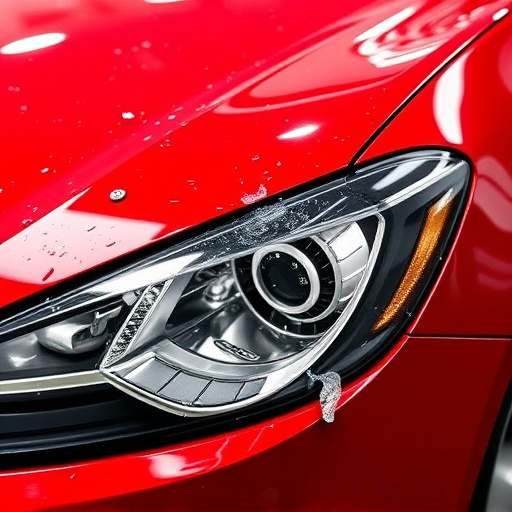
Mercedes Structural Adhesive is renowned for its exceptional strength and durability, making it a game-changer in the automotive industry. This advanced adhesive plays a pivotal role in various vehicle repair and assembly processes, particularly in intricate structural bonds. Its unique properties ensure that when applied correctly, it creates a robust connection capable of withstanding extreme forces, making it indispensable in high-quality vehicle body shops and auto painting facilities.
Understanding the curing process is key to unlocking the full potential of Mercedes Structural Adhesive. Unlike traditional adhesives, this product demands a controlled environment for optimal performance. Factors like temperature, humidity, and ventilation directly impact its curing speed and strength. In the context of vehicle dent repair or complex assembly tasks, maintaining an ideal curing environment ensures the adhesive forms a strong bond, enhancing the overall structural integrity of the vehicle.
Challenges in Curing Environments for Adhesives
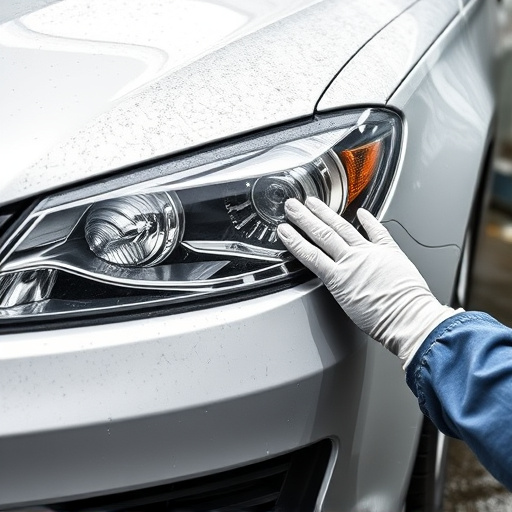
The curing process of Mercedes structural adhesives is a delicate art that demands precision and control. One of the primary challenges in achieving optimal results is managing environmental factors. In collision repair shops or autobody repairs facilities, where these adhesives are commonly used, temperature and humidity levels can significantly impact curing speed and quality. Extreme conditions, whether too hot or too cold, with varying moisture content, may lead to inconsistent results—the adhesive might cure unevenly, affecting the overall structural integrity of the repair.
For instance, in a bustling collision center, maintaining a consistent environment is crucial. Fluctuations in temperature due to equipment operation or seasonal changes can cause delays or even fail to activate curing agents properly. This is especially true for Mercedes structural adhesives designed for high-performance applications, which often have specific curing requirements. Thus, ensuring the right conditions—a controlled environment with precise temperature and humidity control—is vital for achieving superior adhesion and long-lasting, indelible bonds in autobody repairs.
Optimizing Conditions for Effective Mercedes Adhesion

To achieve optimal adhesion with Mercedes structural adhesives, careful consideration must be given to the curing environment. Temperature and humidity play a significant role in the effectiveness of the adhesive bond. Ideally, the workspace should maintain consistent temperatures between 20-25°C (68-77°F) during application and curing. Higher or lower extremes can negatively impact the adhesive’s performance, leading to weak bonds or prolonged drying times. Relative humidity levels should be kept between 40-70% to ensure optimal curing conditions, avoiding both rapid evaporation of the solvent and excessive moisture that could disrupt the chemical reaction.
Moreover, proper ventilation is crucial to maintain air quality and prevent the buildup of volatile organic compounds (VOCs). In specialized workshops handling vehicle paint repair, tire services, or collision repair services, efficient extraction systems should be in place to minimize exposure to these compounds and ensure the health and safety of technicians. By optimizing these conditions, professionals can guarantee that Mercedes structural adhesives deliver consistently strong bonds, enhancing the overall quality of repair work across various applications.
Mercedes structural adhesives demand a precise, controlled curing environment to achieve optimal performance and strength. By understanding the unique properties of these adhesives and the challenges associated with curing conditions, manufacturers can optimize their application processes. This ensures the structural integrity of bonded components, meeting the high standards expected from Mercedes-quality products. A carefully managed environment, incorporating factors like temperature, humidity, and ventilation, is key to unlocking the full potential of Mercedes structural adhesives.
